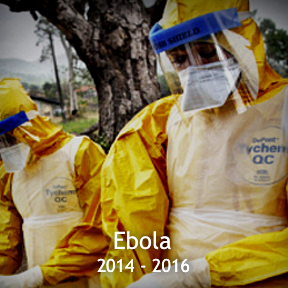Home
Introduction
With a new outbreak of infectious disease erupting every 12 to 18 months somewhere in the world, it is of utmost importance that the public have an understanding of infectious diseases, and the skills and vocabulary needed to find and apply the information in order to respond appropriately.
This site provides an engaging and scientifically accurate set of instructional materials and resources aimed at deepening high school students’ understanding of infectious diseases and enhancing students’ skills in seeking out additional information they need to make informed decisions, and influence their behaviors in response to future outbreaks and epidemics that undoubtedly will occur
Using an overarching storyline of the recent Ebola epidemic and measles outbreak, as well as some emerging material on COVID-19, the resources are organized into four modules that can be used as a coherent unit of instruction or individually as separate topics.
Getting Started
The following stories will help students build a foundation for understanding infectious diseases before trying the lessons.
Introducing Infectious Diseases
This article discusses epidemics and how we should prepare for them.
The Great Pandemic: COVID-19
This article discusses the origins and implications of the COVID-19 pandemic.
A deadly disease: The specter of Ebola
This story discusses possible origins of the Ebola epidemic.
A souvenir of Disneyland: The measles outbreak
The second story describes the 2014 measles outbreak in Disneyland and the possible reasons for it.
How do these stories connect to the modules?
Viruses, a type of infectious agent, cause Ebola, and measles, and COVID-19. Viruses have many features in common, but viruses found in nature are also very diverse in their structures, the organisms they infect, how they infect organisms, how contagious they are, in the symptoms they produce, and how infections can be treated and prevented.
In order to understand why these recent outbreaks have occurred and what can be done to prevent them, you need to understand the biology and ecology of viruses, their different modes of transmission, how they cause disease, their mechanisms for spreading to cause outbreaks and epidemics, and the options that exist for prevention and treatment.
Teacher Guides
Learn about infectious agents as well as epidemics and pandemics past and present.
Explore the science of tracking the origins and causes of outbreaks and epidemics.
Investigate the many factors that determine whether outbreaks and epidemics of emerging and re-emerging diseases will occur.
Learn about how infectious diseases can be treated and how personal behaviors, public health programs, the immune response, and vaccines can protect against infection.




